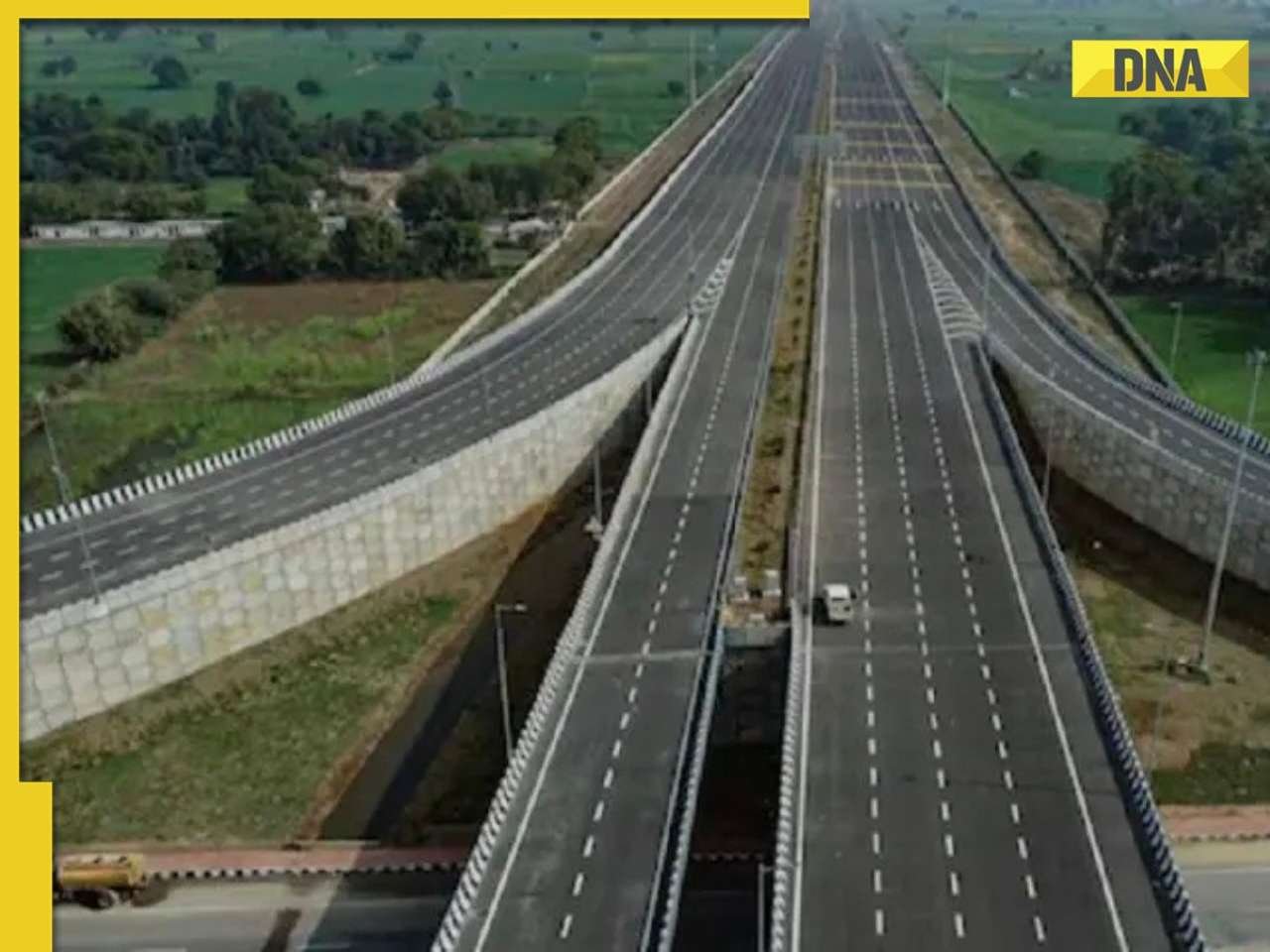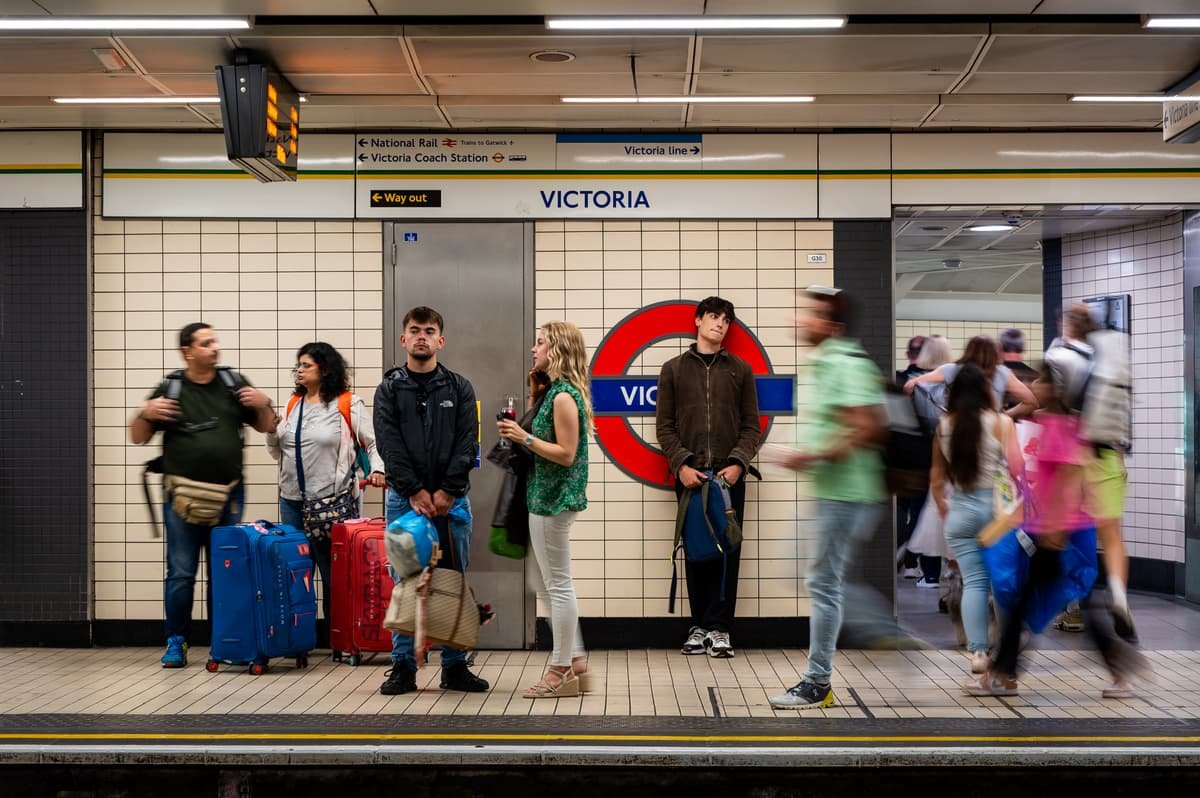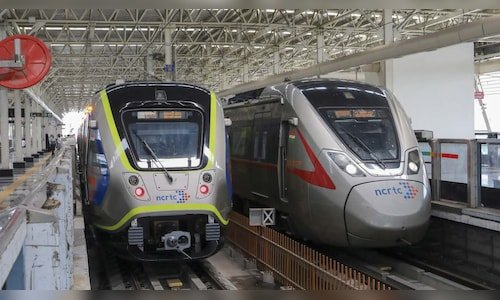Travel Guides & Articles
Delhi-Dehradun Expressway to boost regional connectivity, tourism, will cut travel time to…, connect Delhi with…

The Delhi-Dehradun Expressway will provide a new route and less travel time for intercity commuters. To build more road network connectivity in the region, the 210-kilometre expressway will provide connectivity in regions encompassing Delhi, Uttar Pradesh, and Uttarakhand.
The Delhi-Dehradun Expressway will reduce travel time by 2.5 hours.
The Delhi-Dehradun Expressway will provide a new route and less travel time for intercity commuters. To build more road network connectivity in the region, the 210-kilometre expressway will provide connectivity in regions encompassing Delhi, Uttar Pradesh, and Uttarakhand. The expressway is part of the Bharatmala project and is being built for Rs 13,000 crore. Once the expressway becomes ready to use, it is estimated to cut travel time between Delhi and Dehradun from 6.5 hours to just 2.5 hours.
Delhi-Dehradun Expressway- a big offering for Delhi-NCR
The Delhi-Dehradun Expressway is being constructed and is a project by the National Highways Authority of India (NHAI), which will not only cut down travel time between the national capital and the city in Uttarakhand but will also help in reducing traffic congestion. The project at the start was planned to construct a six-lane expressway, but now the infrastructure has been designed in such a way to include connectivity for more cities and is now being expanded to eight lanes, depending on traffic requirements.
Currently, travelling from Delhi to Dehradun and vice versa takes about five to six hours. After the successful completion of the Delhi-Dehradun Expressway, the travel time would be cut short to just half after which commuters would experience a comfortable and smooth 2.5 hours journey. The journey would be useful in not only saving time but also for connecting major cities like Ghaziabad, Muzaffarnagar, and Saharanpur to religious and tourist spots such as Haridwar and Dehradun, significantly improving commerce and mobility in the region.
The expressway is being developed in four phases to boost tourism, real estate, accessibility, regional utility, logistics, and more.
How expressway boosts the real estate market?
For Delhi residents there is dual good news as the expressway will connect the national capital with major cities including Baghpat, Muzaffarnagar, Shamli, and Saharanpur. The expressway is estimated to increase interest and investment in the real estate sector also. In a significant push to real estate, the market is seeing a revival also due to decongestion of northeast Delhi and Ghaziabad. Many reports suggest that people prefer Tier-2 cities in northern India, more in case of Dehradun, for investment due to their comparatively lower property prices. People see these cities as perfect places for their second homes.
Travel Guides & Articles
Tube chaos continues despite end to RMT's five-day strike – live updates – London Evening Standard

Tube chaos continues despite end to RMT’s five-day strike – live updates London Evening Standard
Source link
Travel Guides & Articles
India’s fastest train: At 160 kmph Namo Bharat outpaces Vande Bharat on Delhi-Meerut corridor

Until now, the Gatiman Express, introduced in 2016, held the distinction as the country’s first semi-high-speed train, also reaching 160 kmph on the specially prepared Hazrat Nizamuddin-Agra route. The Vande Bharat series, launched later, matched that maximum speed, but only on this corridor. However, on June 24, 2024, the Railway Ministry reduced the permissible limit for all such trains from 160 kmph to 130 kmph without citing specific reasons. At present, trains across the national network run with an upper speed cap of 130 kmph.
Namo Bharat currently operates 30 trainsets of six coaches each, with services running every 15 minutes between New Ashok Nagar in Delhi and Meerut South in Uttar Pradesh. The train reaches its maximum speed briefly between some of the 11 stations on the operational section.
“The entire 82.15 km long corridor with 16 stations, starting from Sarai Kale Khan in Delhi to Modipuram in Uttar Pradesh, is likely to be commissioned soon,” officials from the National Capital Regional Transport Corporation Limited (NCRTC) said.
NCRTC, a joint venture between the Government of India (50%) and the state governments of Delhi, Uttar Pradesh, Haryana and Rajasthan (12.5%), is implementing India’s first RRTS project.
“Designed in Hyderabad and manufactured at an Alstom factory located in Gujarat’s Savli, the aerodynamic rolling stock, with their sleek and modern design, are compatible with Automatic Train Protection (ATP), Automatic Train Control (ATC), and Automatic Train Operations (ATO),” officials explained, according to PTI.
They added, “The distance between two stations varies from five to eight kms and the train touches its highest speed between stations with longer distances.”
According to an NCRTC release, once the entire corridor is open, Namo Bharat will connect Delhi with central Meerut in under an hour while halting at all intermediate stations. “Since the beginning of operations on the 17 km long Priority Section on October 21, 2023, services have been commissioned on a 55-km stretch of the corridor in a phased manner,” it noted.
“As the operational section has expanded, it has solidified its position as an essential transportation solution for the region and has successfully served more than 1.5 crore riders to date,” the statement added.
Officials highlighted that the RRTS is distinct from both conventional rail and metro systems. “This system is different from conventional Railway as it does not operate on a fixed timetable or require a seat reservation. It is also different from the metro transit service as it is catering to passengers looking to travel relatively longer distances with fewer stops and at a higher speed,” they explained.
Travel Guides & Articles
Thrillophilia CEO Chitra Gurnani Daga Honoured as ‘Face of Future Travel’ at India Travel Awards 2025

PNN
New Delhi [India], September 12: Chitra Gurnani Daga, CEO of Thrillophilia, has been honoured as the ‘Face of the Future Travel’ at the India Travel Awards 2025, held on September 9 at Le Meridien, New Delhi.
The annual awards, organised by the DDP Group, are regarded as one of the most credible platforms celebrating excellence in Indian tourism and hospitality. This year’s edition recognised achievers across 57 categories, honouring businesses and leaders who have set new benchmarks for innovation, quality, and growth in the industry.
Among the prominent honours of the evening was the recognition of Chitra Gurnani Daga, CEO of Thrillophilia, as the ‘Face of the Future Travel’. The accolade highlighted her role in building immersive, tech-driven, and sustainable travel platforms and multi-day tours that are helping shape tourism’s next chapter.
The evening brought together some of the most influential voices from the sector. Union Minister of Tourism & Culture, Shri Gajendra Singh Shekhawat, graced the occasion and congratulated the winners for their contributions to the tourism economy. He underlined that tourism is not only about travel but also about inclusivity, cultural exchange, and sustainability, noting that with the right partnerships, India can emerge as a global model for integrated growth.
Delivering the keynote address, Suman Billa, Additional Secretary & Director General, Ministry of Tourism, highlighted the crucial role of the sector in national development. He pointed out that India’s ambition of becoming a $3 trillion tourism economy by 2047 would depend on how the industry grows, not just in numbers, but in quality and excellence.
Also present at the ceremony were Ashwani Lohani, Director, Prime Minister’s Museum & Library, and Bidisha Mukherjee, IAS, Additional Managing Director, Madhya Pradesh Tourism Board, who stressed the importance of collaboration between government and private stakeholders to achieve sustainable, large-scale growth.
Winners across multiple categories were felicitated with the iconic golden trophy ‘Maya’, symbolising aspiration, achievement, and excellence. The pinnacle honour of the evening, the Gold Maya, was awarded to stalwarts whose contributions have redefined Indian tourism.
Speaking on her recognition, Chitra Gurnani Daga said, “This honour is not just personal; it reflects the vision that has guided Thrillophilia since its inception: to make India a global hub for multi-day tours and curated travel. Our journey has always been about empowering local operators, creating trust with travellers, and showcasing the incredible diversity of India to the world. I share this with my team, our partners, and the millions of travellers who continue to inspire us.”
Since its inception in 2011, Thrillophilia has grown into India’s leading platform for curated multi-day tours, offering authentic travel holidays across more than 75 countries. Under Chitra’s leadership, the company has championed sustainable tourism, tech-driven discovery, and inclusivity, making immersive travel and cultural exploration more accessible to both Indian and international audiences. Thrillophilia is also focused on empowering local operators through partnerships in over 200 Indian destinations, integrating technology into travel planning, and promoting sustainable practices – key themes that are now central to India’s national tourism agenda.
The India Travel Awards 2025 also saw the unveiling of a coffee table book that documented the industry’s resilience and its growing commitment to sustainable, inclusive, and innovative practices. Sanjeet, Mentor of the India Travel Awards, noted that the awards celebrate pioneers “who are reshaping tourism not just as an economic driver, but as a force that connects cultures, uplifts communities, and creates meaningful journeys.”
By spotlighting leaders such as Chitra Gurnani Daga, the event underscored how the future of tourism in India will be defined by innovation, collaboration, and a shared vision of inclusive growth. And for Thrillophilia, the award reinforces its commitment to not just growing as a company but also contributing to India’s vision of becoming a leading global tourism economy by 2047.
(ADVERTORIAL DISCLAIMER: The above press release has been provided by PNN. ANI will not be responsible in any way for the content of the same)
(This content is sourced from a syndicated feed and is published as received. The Tribune assumes no responsibility or liability for its accuracy, completeness, or content.)
-

 Business2 weeks ago
Business2 weeks agoThe Guardian view on Trump and the Fed: independence is no substitute for accountability | Editorial
-
Tools & Platforms1 month ago
Building Trust in Military AI Starts with Opening the Black Box – War on the Rocks
-

 Ethics & Policy2 months ago
Ethics & Policy2 months agoSDAIA Supports Saudi Arabia’s Leadership in Shaping Global AI Ethics, Policy, and Research – وكالة الأنباء السعودية
-

 Events & Conferences4 months ago
Events & Conferences4 months agoJourney to 1000 models: Scaling Instagram’s recommendation system
-

 Jobs & Careers2 months ago
Jobs & Careers2 months agoMumbai-based Perplexity Alternative Has 60k+ Users Without Funding
-

 Podcasts & Talks2 months ago
Podcasts & Talks2 months agoHappy 4th of July! 🎆 Made with Veo 3 in Gemini
-

 Education2 months ago
Education2 months agoMacron says UK and France have duty to tackle illegal migration ‘with humanity, solidarity and firmness’ – UK politics live | Politics
-

 Education2 months ago
Education2 months agoVEX Robotics launches AI-powered classroom robotics system
-

 Funding & Business2 months ago
Funding & Business2 months agoKayak and Expedia race to build AI travel agents that turn social posts into itineraries
-

 Podcasts & Talks2 months ago
Podcasts & Talks2 months agoOpenAI 🤝 @teamganassi



